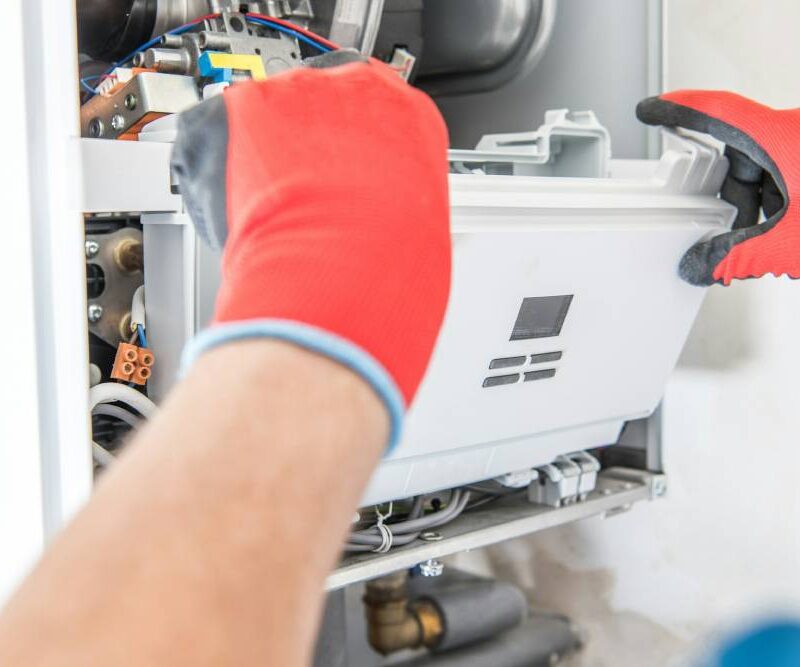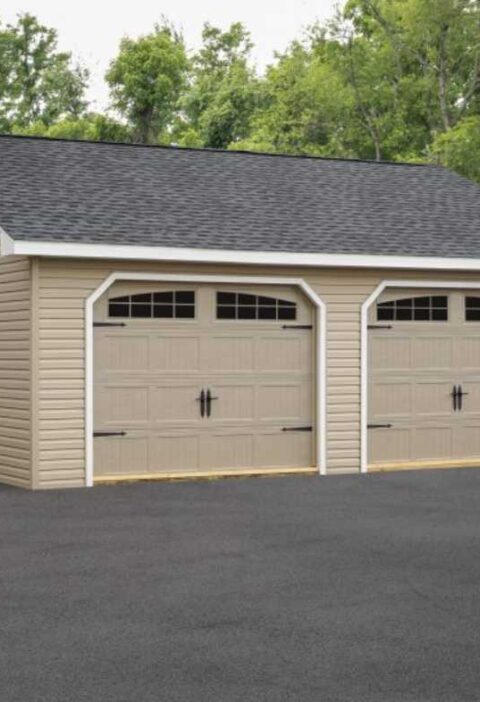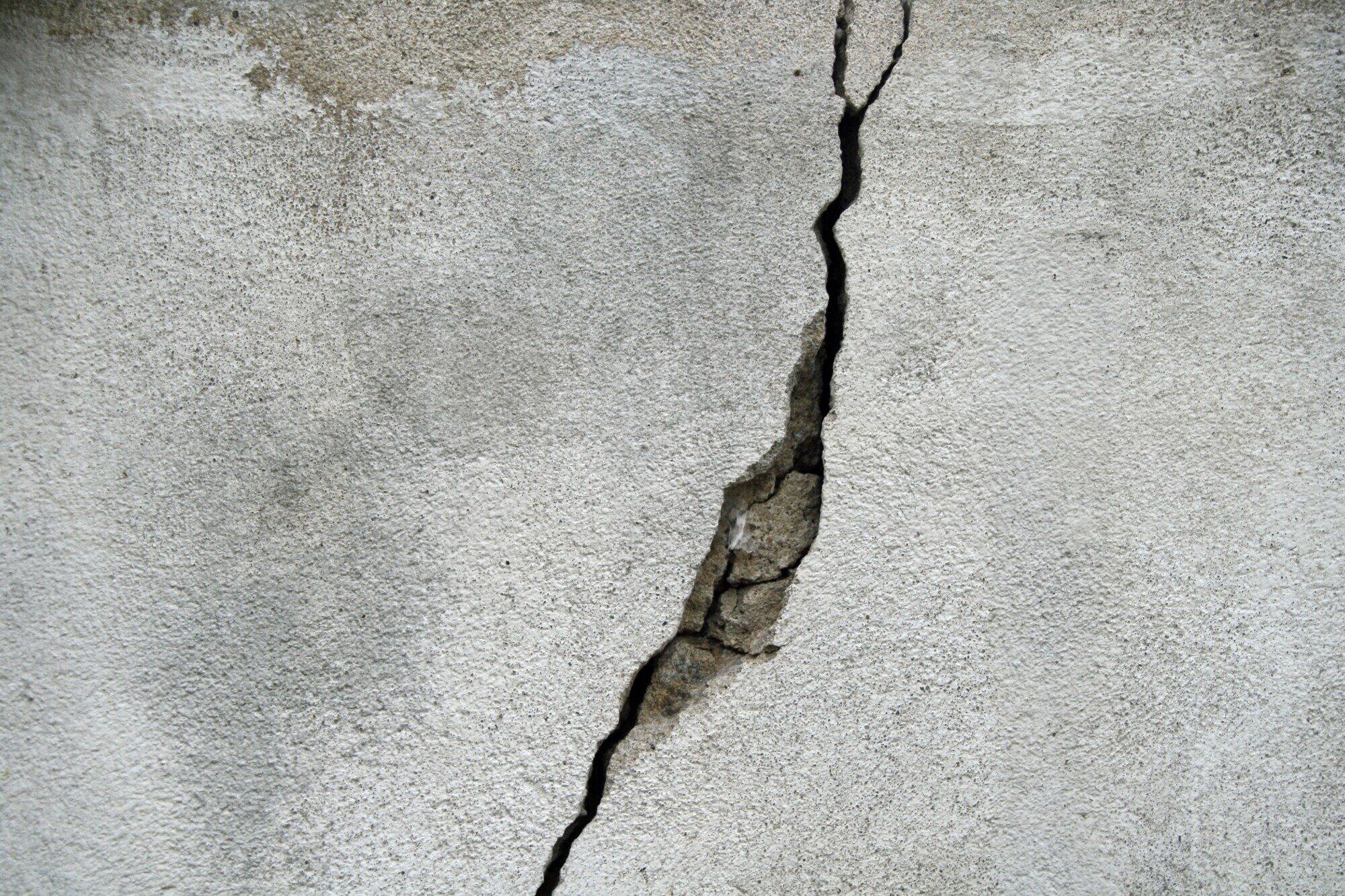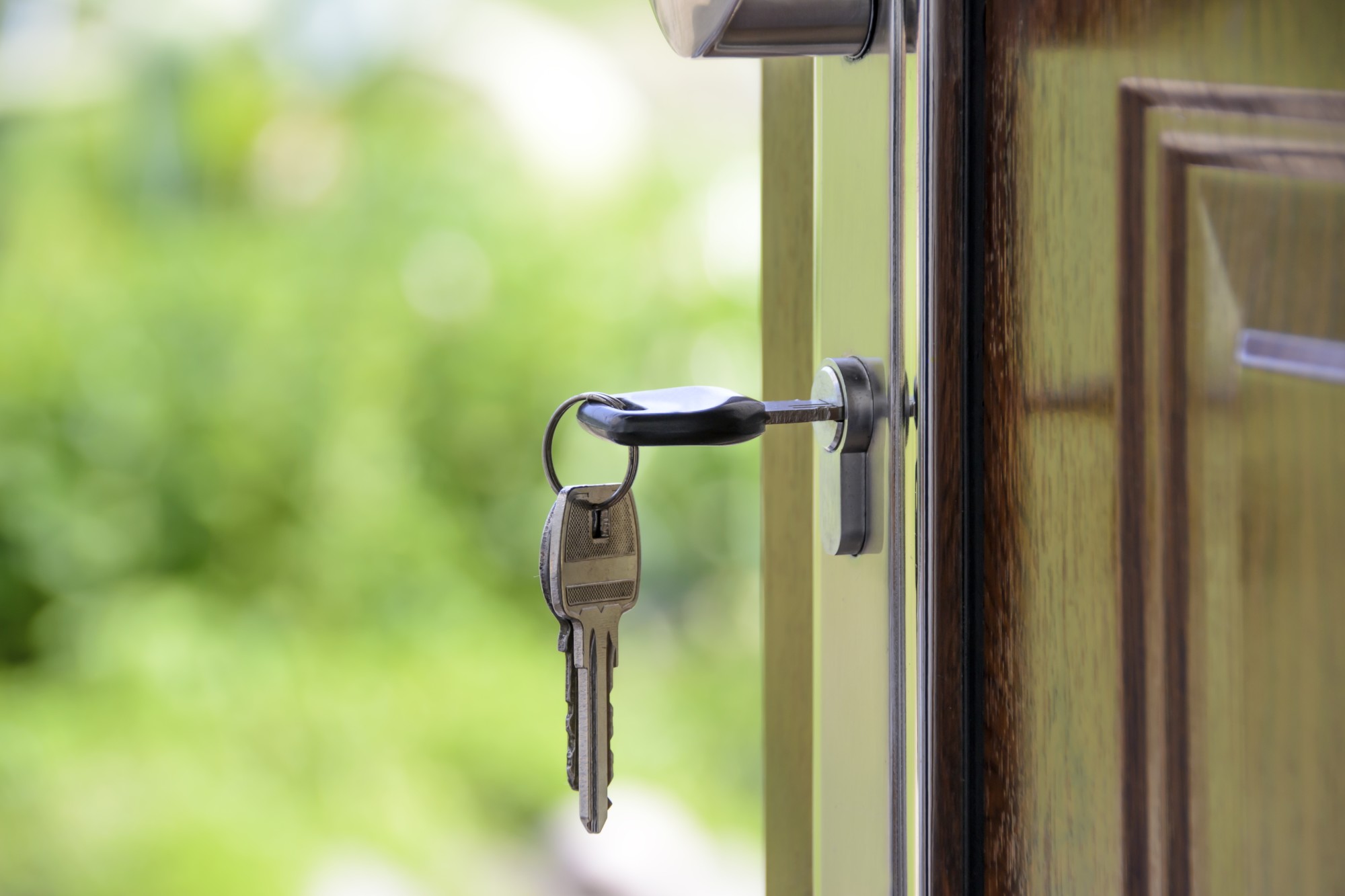Fixing an out-of-order furnace is usually a priority in any household, but in the winter it’s a critical necessity. A home will cool down quickly, easily dropping to the low 50 degrees within the first 24 hours, depending on the outside temperature and how fast it loses internal heat.
At that point, the insulation inside the home works against it, trapping the cold inside and preventing the daytime heat from warming up the house again and creating a refrigeration effect. Within three days, the house is literally frigid inside and damp. So, a furnace repair is a must in winter, both for comfort, health and safety.
Finding Help in an Emergency
Ideally, emergencies with furnaces should be avoided with regular maintenance. An annual service check goes a long way in preventing problems and can catch their symptoms before becoming a big issue. For those who haven’t had an issue yet, and haven’t had a maintenance check in a while, scheduling a furnace evaluation and safety review is a very good idea.
Unfortunately, problems do happen, and furnace repairs in an emergency situation can be a big problem. First off, there are lots of heater problems occurring in winter as it puts systems under their greatest stress. Second, with high demand, technician repair teams are stretched, so a response could be delayed.
Knowing these two factors are in play, homeowners should be prepared to use an alternative heating source like a space heater or fireplace for a few days if necessary when waiting for a response. Repair companies do prioritize responses in health and safety cases, but it can trigger additional fees as well.
Symptoms to Watch Out For
A struggling furnace will give off a number of signs before it starts to fail completely. The most noticeable symptom tends to be inconsistent production of heat from one room to the next, especially where the furnace system is connected by ductwork to all and should be pushing out the same pressure without much variation.
If some of the rooms in a home are cold, but others are still warm closer to the furnace, that’s either due to a blockage, a furnace leak, or the furnace blower and system are starting to lose pressure.
Odd sounds of “thunking”, buckling or thumps that are irregular and don’t resemble the typical operation of the furnace tend to be signals of the system stressing. A struggling furnace will heat in an inconsistent manner, which starts to have temperature affects.
A furnace shutting off and needing to be restarted is a sign that safety sensors may be catching an issue and turning off the system before it turns into a problem. These should be ignored as a faulty temperature control.
Smells of burning are always a sign of concern and should be checked on right away. A furnace system is designed to run clean and not have contaminants in it. If there is a burning smell, the furnace should be examined by a technician as soon as possible. Signs of smoke or a CO alarm or smoke alarm going off should be responded to with a fire department call.
Avoid Trying DIY Repairs
Furnace repair services are the best way to go with a heating fix. While a home can have lots of things a do-it-yourself homeowner can take care of with a bit of training or video-watching, home furnace repair is not one of them. Additionally, because of the connection to a natural gas line or heating oil system, there is a high risk of fire and mistakes without proper training. Instead, where there is a growing sign of a problem, call a professional technician for help.







